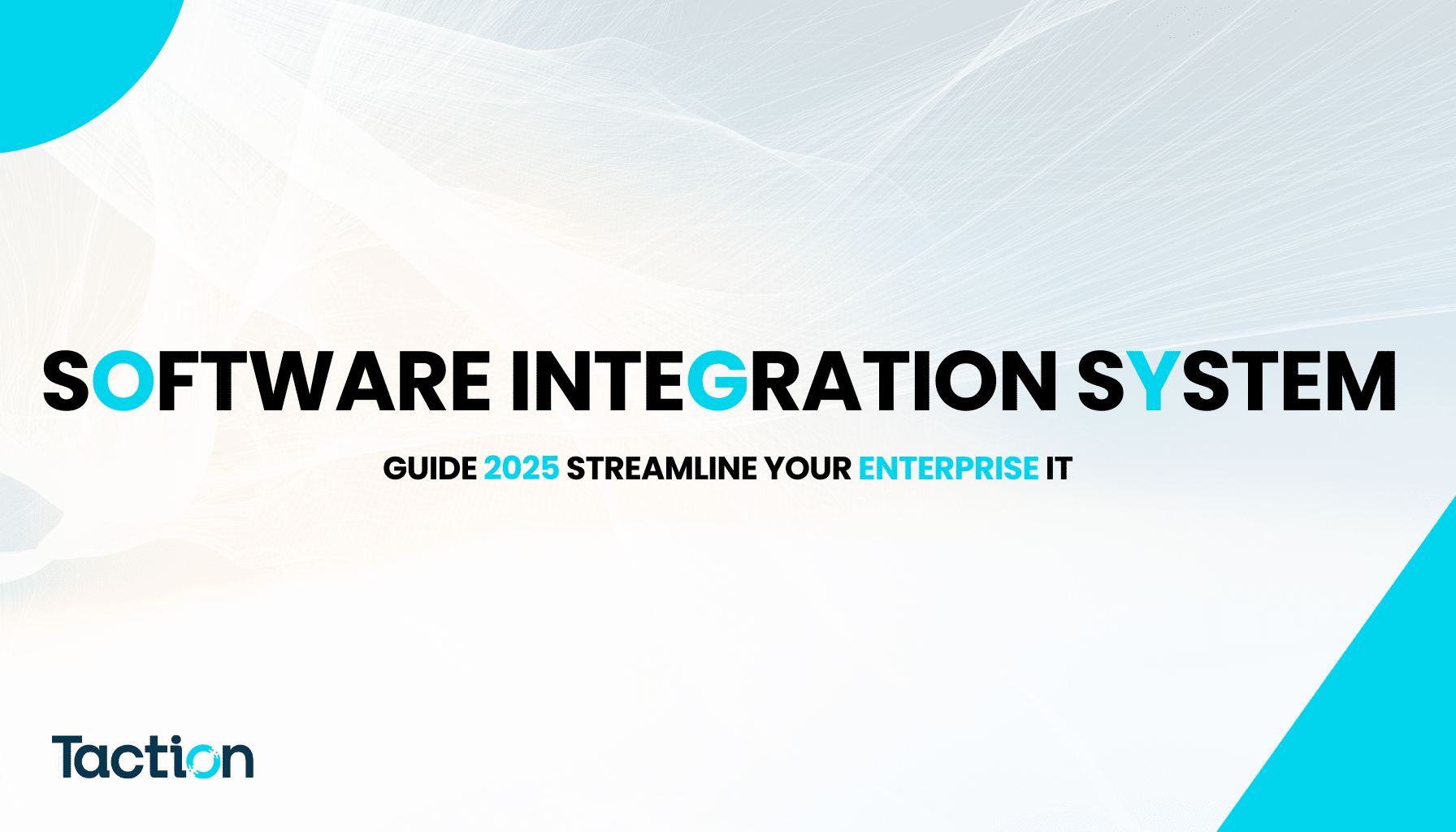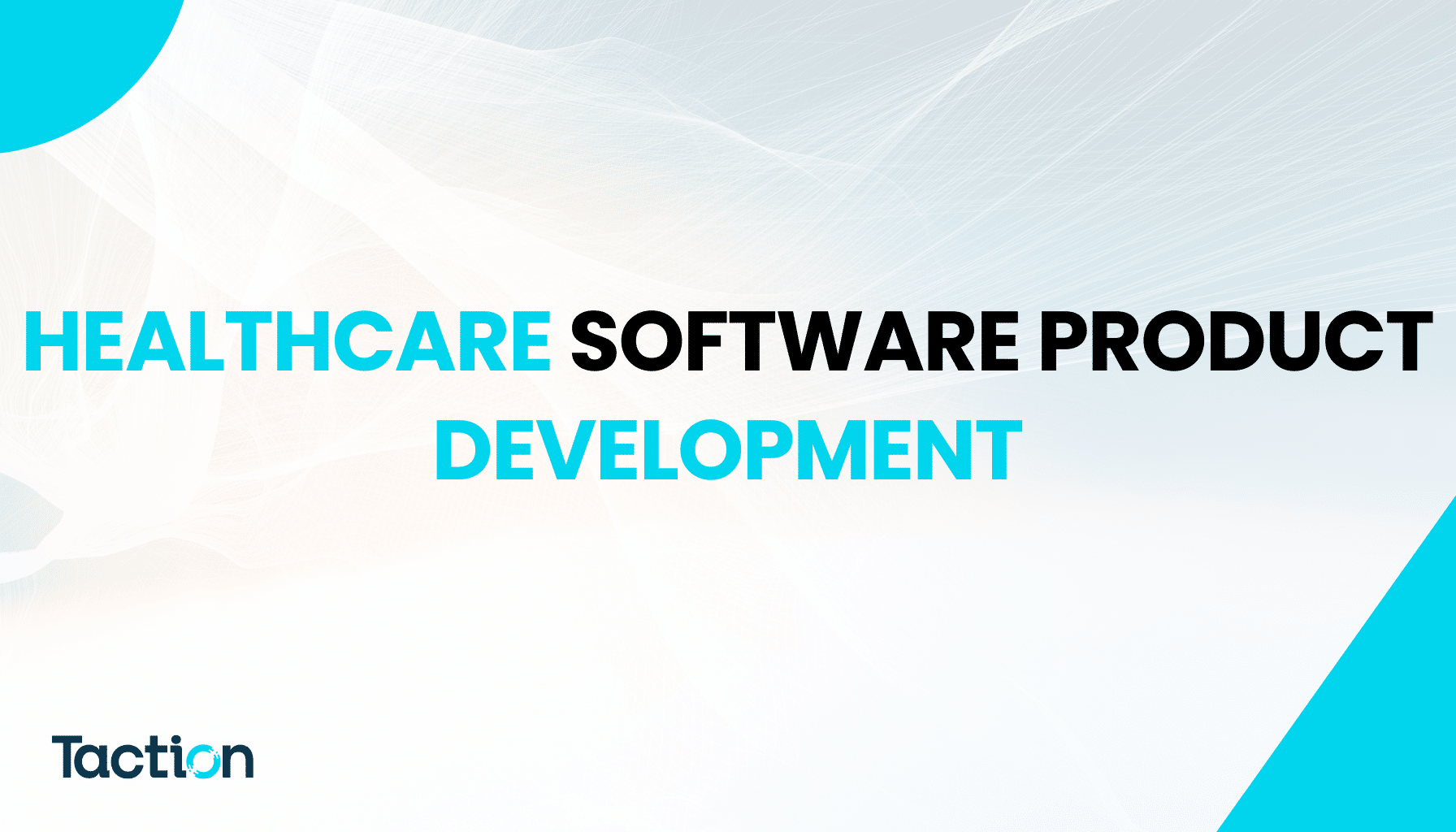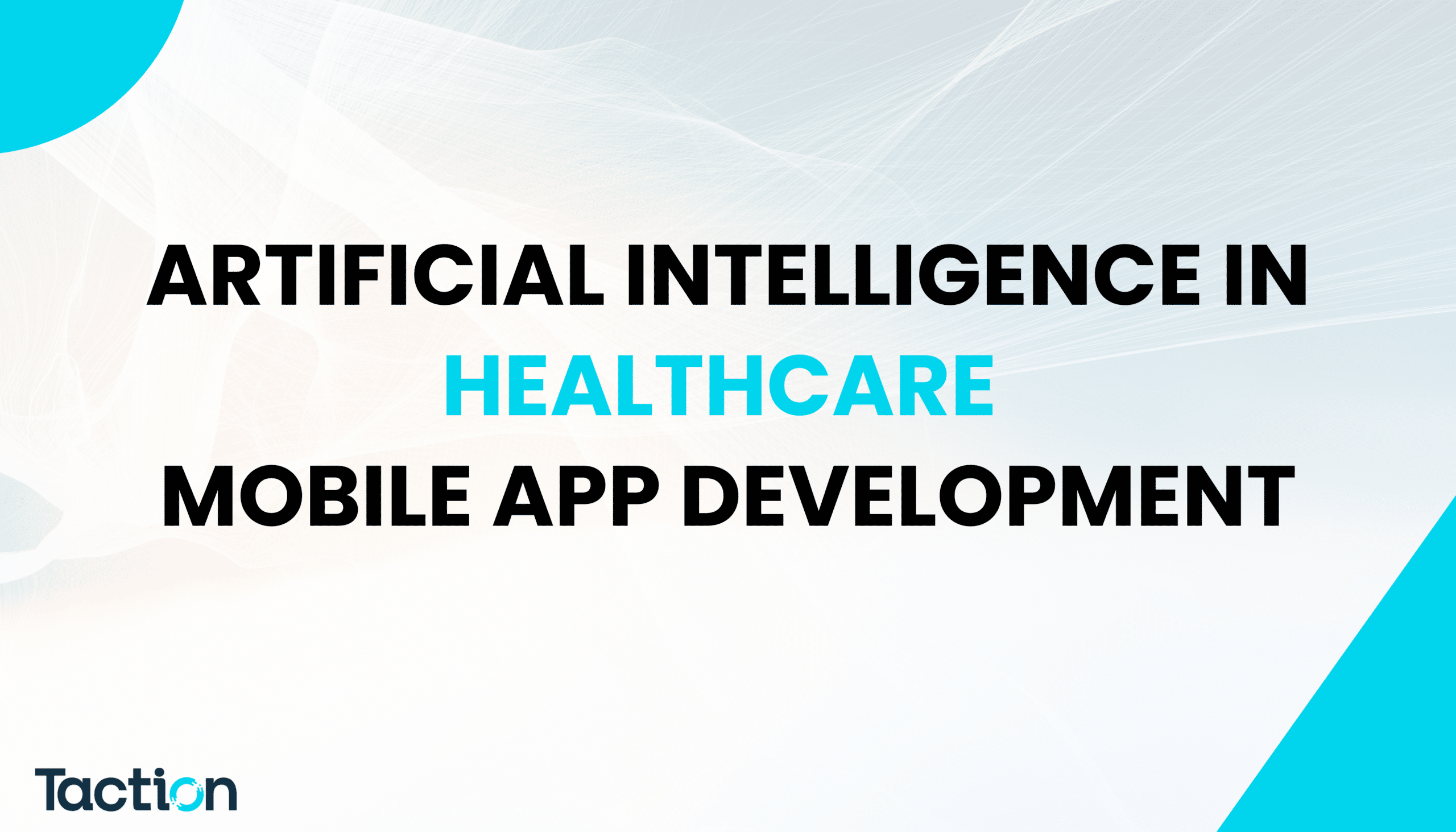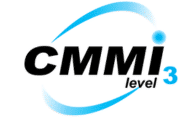Understanding Software Integration Systems
What Is a Software Integration System?
A software integration system is a strategic framework that connects multiple applications, databases, and services within an organization to ensure seamless data flow and operational efficiency. By linking disparate software tools, businesses can eliminate manual data transfers, reduce errors, and enable real-time communication between systems. Modern integration systems often leverage APIs, middleware, and microservices to create a unified IT ecosystem, allowing teams to work smarter and faster.
Benefits of Integration Across Enterprise Applications
Implementing an effective software integration system brings numerous advantages for enterprises. It fosters workflow automation, streamlines repetitive tasks, and enhances data accuracy across departments. By enabling enterprise integration, companies can gain holistic insights into operations, improve collaboration between teams, and accelerate decision-making. Additionally, API-driven integration ensures systems remain scalable, adaptable, and ready to incorporate emerging technologies without disrupting existing workflows.
Contact us for: Agile Consulting Services
Streamline Your Systems Today
Connect with our experts to design a seamless software integration strategy for your business.
Current Trends in Software Integration Systems
Rise of API-First Integration
Modern enterprises are increasingly adopting API-first integration strategies to connect applications efficiently. This approach allows organizations to quickly expose and consume APIs, enabling seamless data sharing between legacy systems and new cloud-based solutions. API-first integration reduces development time, enhances system flexibility, and ensures smoother communication across departments, making businesses more agile in responding to market demands.
Emphasis on Workflow Automation and Low-Code Platforms
Workflow automation is no longer optional—it’s a necessity. Companies are leveraging low-code and no-code platforms to automate repetitive processes and accelerate system integration without heavy IT intervention. By combining automation with integration, enterprises can minimize errors, improve operational efficiency, and free up resources for strategic initiatives.
Focus on Scalable and Cloud-Based Integration
With the shift toward hybrid and multi-cloud environments, cloud-based integration systems are becoming essential. Organizations are prioritizing solutions that are scalable, resilient, and capable of handling high data volumes while maintaining security standards. Cloud-native integration allows businesses to expand without worrying about infrastructure limitations and ensures faster deployment of new applications.
Challenges in Software Integration Systems
Managing Data Silos and Legacy Systems
One of the biggest hurdles in implementing a software integration system is dealing with data silos and outdated legacy systems. Many organizations struggle to synchronize information across departments because older systems weren’t designed to communicate with modern applications. Overcoming these silos requires strategic planning, middleware solutions, and sometimes system modernization to ensure smooth data flow.
Ensuring Security and Compliance
With growing concerns around data privacy, especially in regulated industries, maintaining security and compliance is critical. Integration systems must safeguard sensitive information during transfer and storage, while also complying with standards like HIPAA, GDPR, or SOX. This requires robust encryption, access controls, and continuous monitoring to prevent breaches and ensure legal compliance.
Maintaining Scalability and Performance
As businesses grow, integration systems need to handle increasing data volumes without compromising performance. Scalability can be a challenge, especially when integrating multiple applications with different architectures. Organizations must carefully design integration workflows and leverage scalable technologies such as cloud-based services to meet evolving demands.
Get a Free Integration Assessment
Discover how much efficiency you can unlock with the right integration system.
Best Practices for Implementing a Software Integration System
Start with a Clear Integration Strategy
Before connecting applications, it’s essential to define a clear integration strategy. This includes identifying which systems need to communicate, mapping data flows, and setting measurable goals. A well-planned strategy minimizes errors, reduces redundant work, and ensures that integration efforts align with overall business objectives.
Leverage APIs and Middleware Solutions
Using APIs and middleware is crucial for seamless enterprise integration. APIs enable standardized communication between systems, while middleware acts as the intermediary that manages data transformations and workflow orchestration. Together, they simplify complex integrations and allow organizations to scale their operations efficiently.
Prioritize Workflow Automation and Monitoring
Incorporating workflow automation into your integration system not only reduces manual effort but also improves accuracy and operational speed. Continuous monitoring is equally important, helping organizations detect bottlenecks, track performance, and proactively resolve integration issues before they impact business operations.
Also Read: Guide to Integrating Health Information Systems in Healthcare
Key Technologies Driving Software Integration
API Management Platforms
Modern API management platforms are at the heart of enterprise integration. They allow organizations to design, deploy, and monitor APIs efficiently, ensuring seamless communication between different software applications. These platforms also provide security features, analytics, and version control, which help maintain a robust and scalable integration environment.
Enterprise Service Bus (ESB) and Middleware
Middleware solutions such as Enterprise Service Bus (ESB) play a vital role in connecting diverse applications. ESBs handle data transformations, routing, and orchestration across systems, enabling real-time data sharing and workflow automation. This technology simplifies complex integration projects and reduces the dependency on custom code.
Low-Code and No-Code Integration Tools
Low-code and no-code platforms are transforming how companies implement integration. These tools allow business users and developers to create workflows, automate processes, and integrate applications with minimal coding. This accelerates deployment, lowers costs, and empowers non-technical teams to contribute to integration efforts.
Future-Proof Your IT Infrastructure
Let us build a scalable, secure integration system tailored to your enterprise needs.
Measuring the ROI of Software Integration Systems
Tracking Operational Efficiency Gains
A well-implemented software integration system can significantly improve operational efficiency. Organizations can measure ROI by tracking time saved through workflow automation, reduction in manual data entry errors, and faster processing of business tasks. These improvements directly translate into cost savings and increased productivity across departments.
Improving Data Accuracy and Decision-Making
Integration systems ensure that all applications share consistent and accurate data. Companies can evaluate ROI by assessing improvements in decision-making, reduction in duplicated efforts, and fewer discrepancies in reporting. Reliable, real-time data helps leadership make informed strategic choices that drive growth.
Enhancing Customer Experience and Business Agility
The impact of enterprise integration is also visible in customer-facing operations. Faster, more accurate processes improve service delivery, response times, and overall satisfaction. Measuring improvements in customer retention, engagement, and adaptability to market changes provides tangible evidence of integration ROI.
Future Outlook for Software Integration Systems
AI and Predictive Analytics Integration
Artificial intelligence is set to transform software integration by enabling predictive analytics and automated decision-making. Future systems will not only connect applications but also anticipate data flows, detect anomalies, and recommend optimizations in real time, making integration smarter and more proactive.
Rise of Hyperautomation
Beyond workflow automation, enterprises are moving toward hyperautomation, where AI, machine learning, and robotic process automation (RPA) work together. This next phase of integration will help organizations fully automate end-to-end processes across multiple platforms, creating highly efficient digital ecosystems.
Cross-Platform and Multi-Cloud Integration
With businesses increasingly operating in hybrid and multi-cloud environments, the demand for cross-platform integration will grow. Future systems will prioritize seamless data exchange between different clouds and on-premise solutions, ensuring scalability, resilience, and business continuity.
Partner with Taction Software
Leverage 20+ years of expertise in enterprise integration and workflow automation.
Choosing the Right Partner for Software Integration
Evaluating Experience and Industry Expertise
Selecting the right partner for a software integration project requires careful evaluation of their experience and domain expertise. A provider with a proven track record in enterprise integration, API management, and workflow automation will be better equipped to deliver solutions tailored to your business needs.
Custom vs. Off-the-Shelf Solutions
Every organization’s IT environment is unique. While some vendors offer off-the-shelf integration solutions, the most effective outcomes often come from custom-built integration systems designed around specific business processes. A reliable partner should guide you in choosing the best approach for scalability and efficiency.
Support and Long-Term Maintenance
Integration is not a one-time effort; it requires continuous monitoring, updates, and support. The right partner provides ongoing maintenance, security upgrades, and performance monitoring, ensuring your integration system remains reliable and future-ready.
We specialize in Custom Software Development for Automotive Industry that transforms manufacturing and mobility operations.
Asked Questions About Software Integration Systems
A software integration system connects multiple applications, databases, and services within an organization so they can work together seamlessly. It eliminates data silos, automates workflows, and ensures real-time information exchange across different platforms.
Integration improves efficiency, reduces manual errors, and enables smarter decision-making. By connecting systems, enterprises achieve better collaboration, streamlined operations, and enhanced customer experiences.
APIs act as bridges between applications, allowing them to communicate and share data securely. They are essential for enterprise integration because they standardize how systems connect, making integration scalable and future-proof.
Common challenges include handling legacy systems, preventing data silos, ensuring security compliance, and scaling systems as data volumes grow. These can be addressed with robust planning, middleware, and secure integration tools.
The timeline varies depending on complexity, but most integration projects take anywhere from a few weeks to several months. Factors include the number of applications, customization needs, and compliance requirements.










